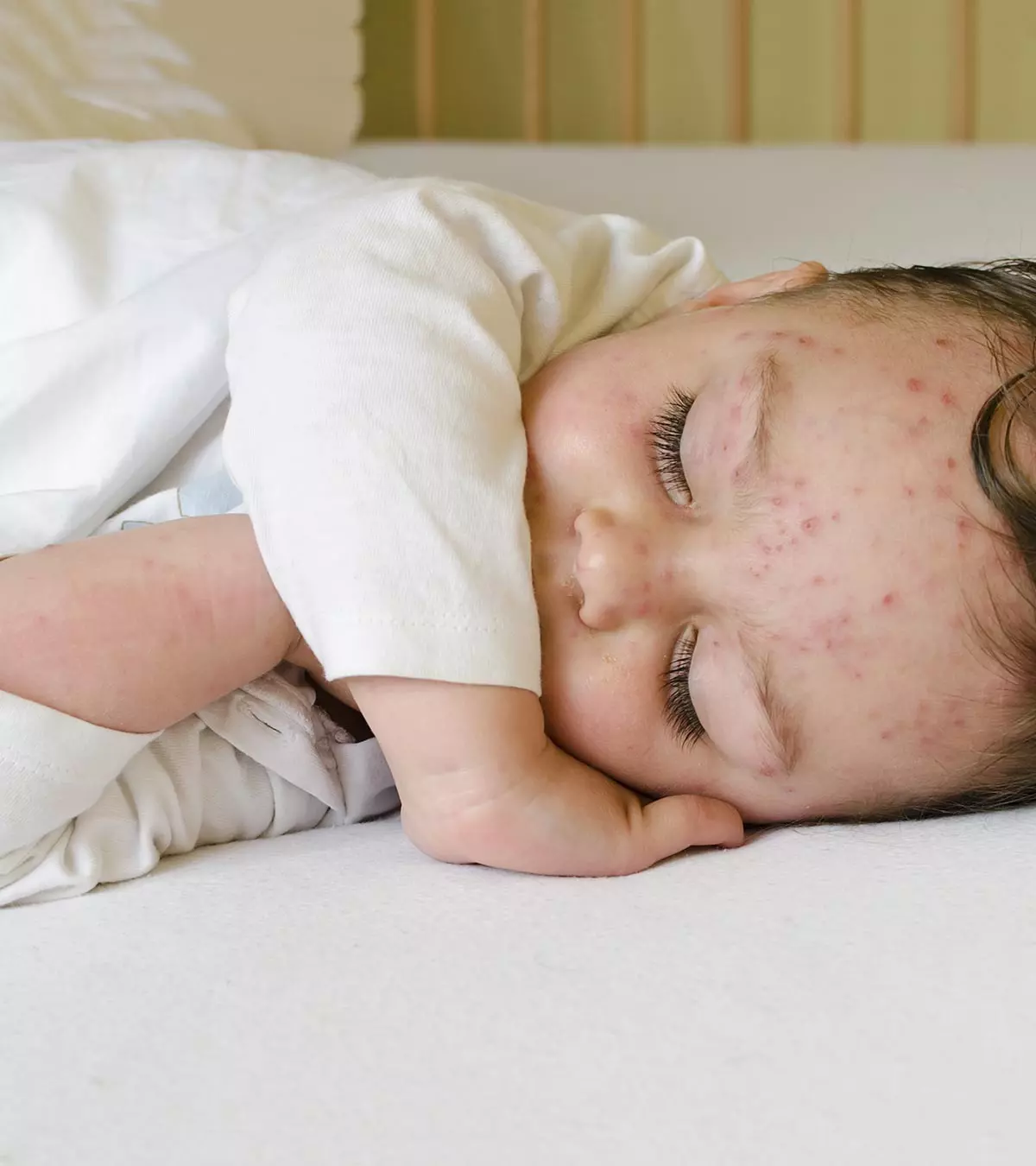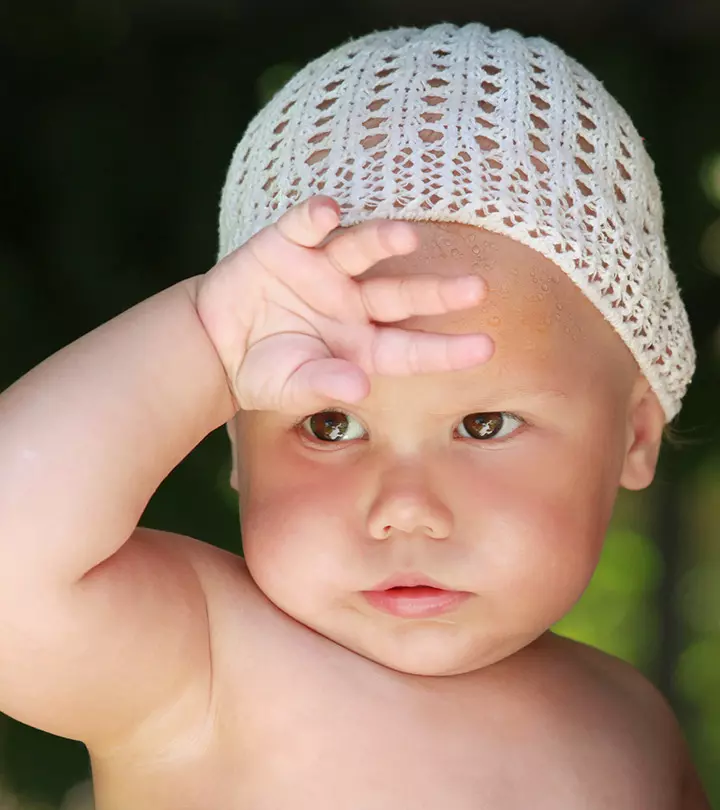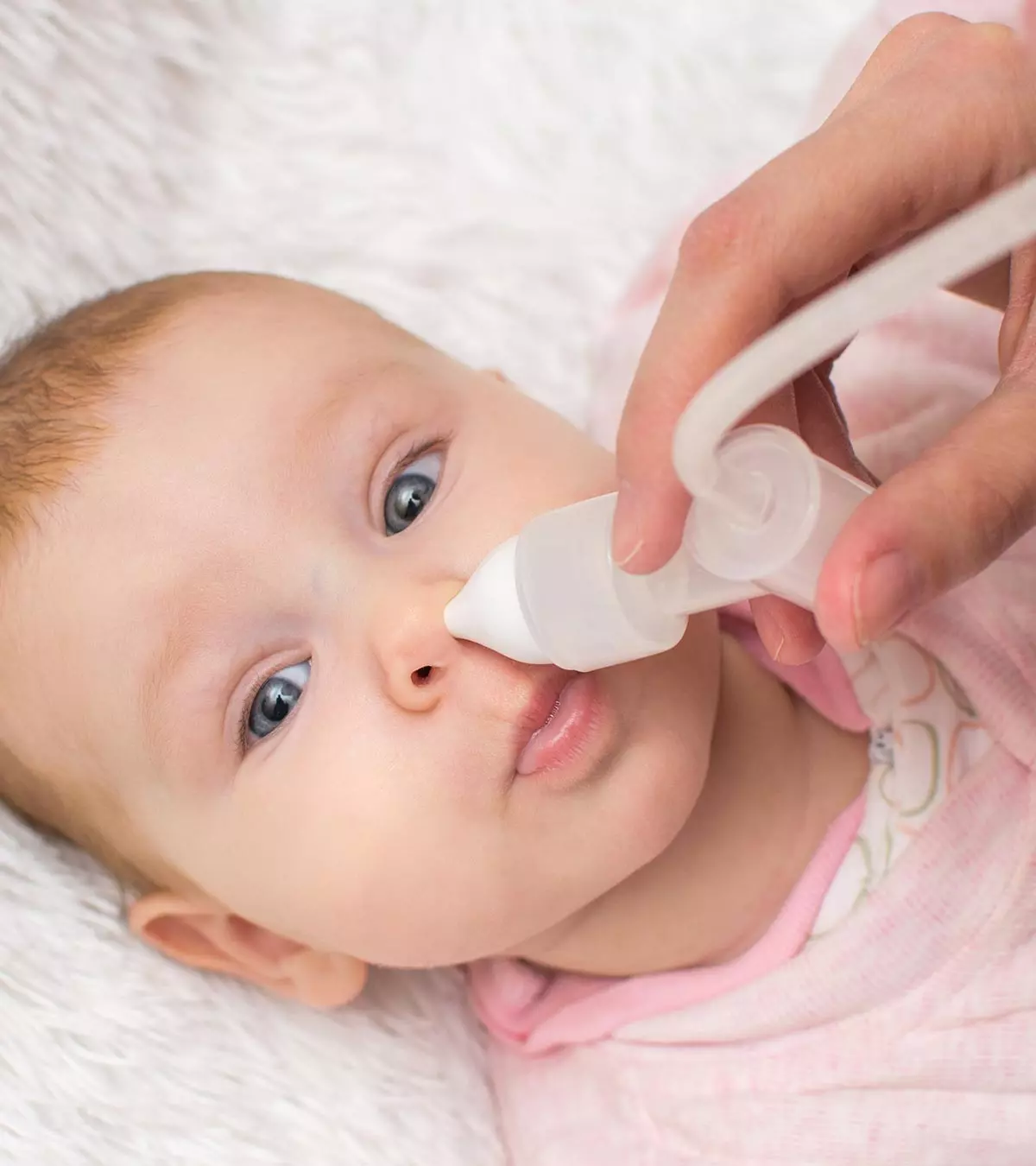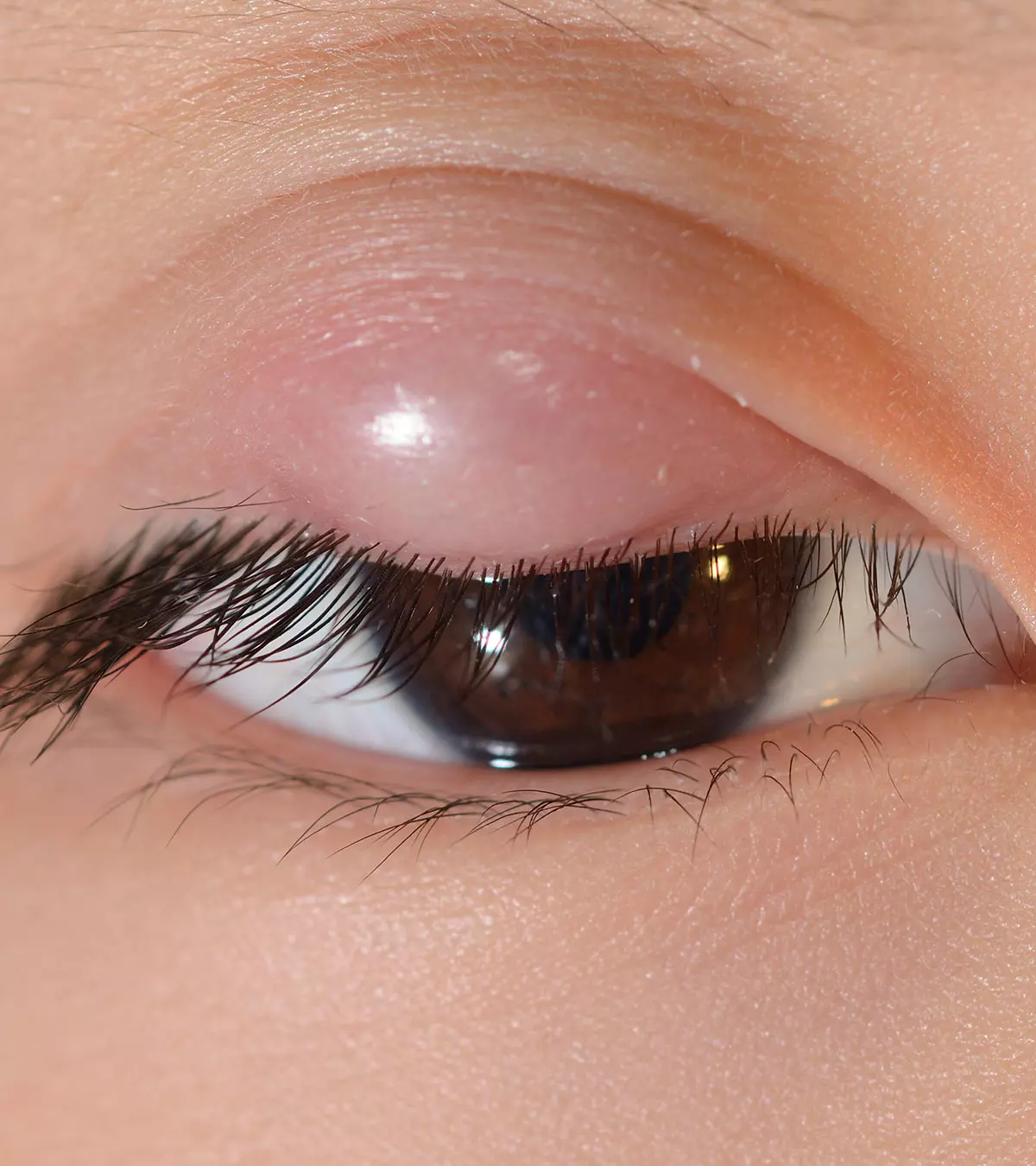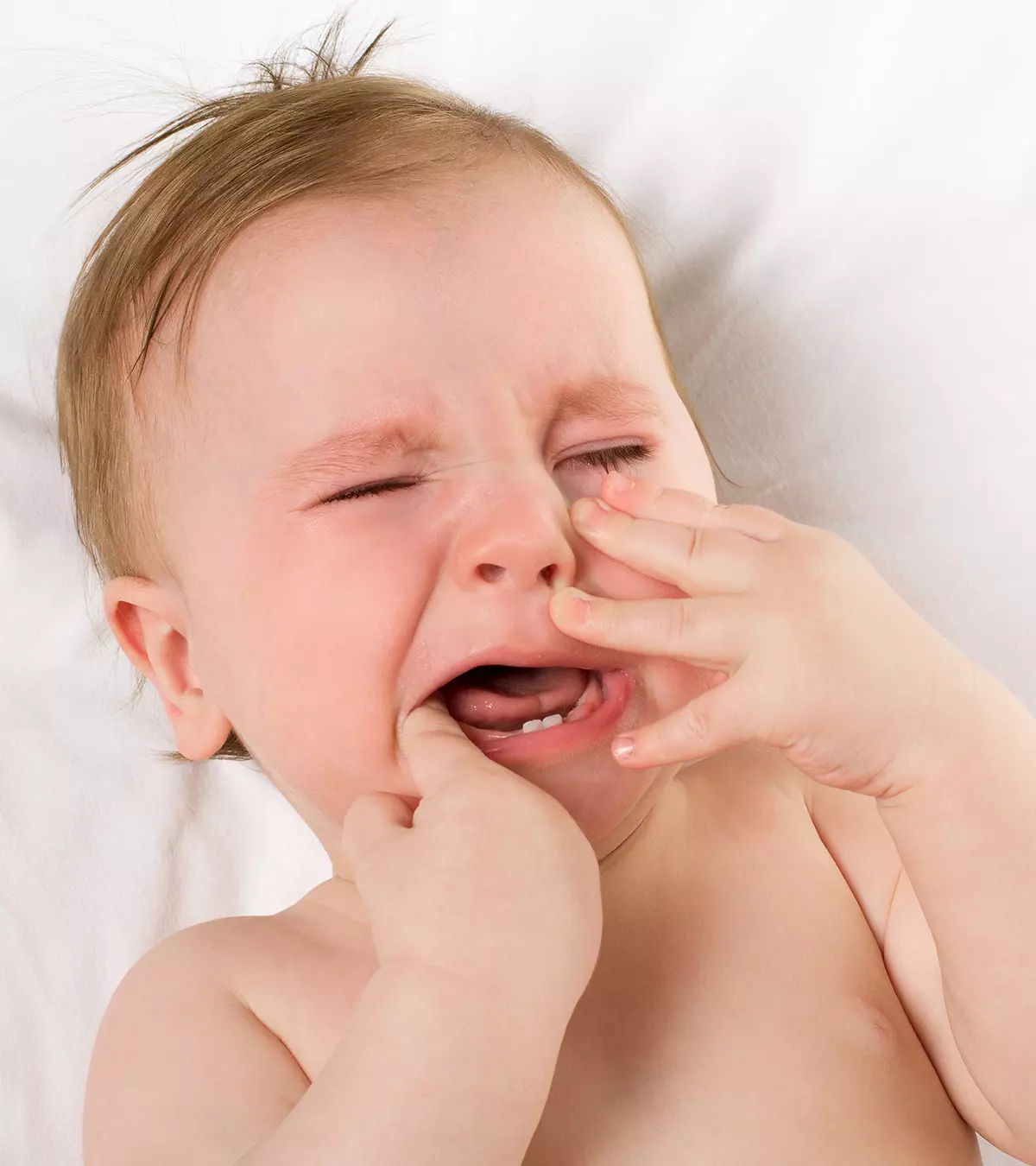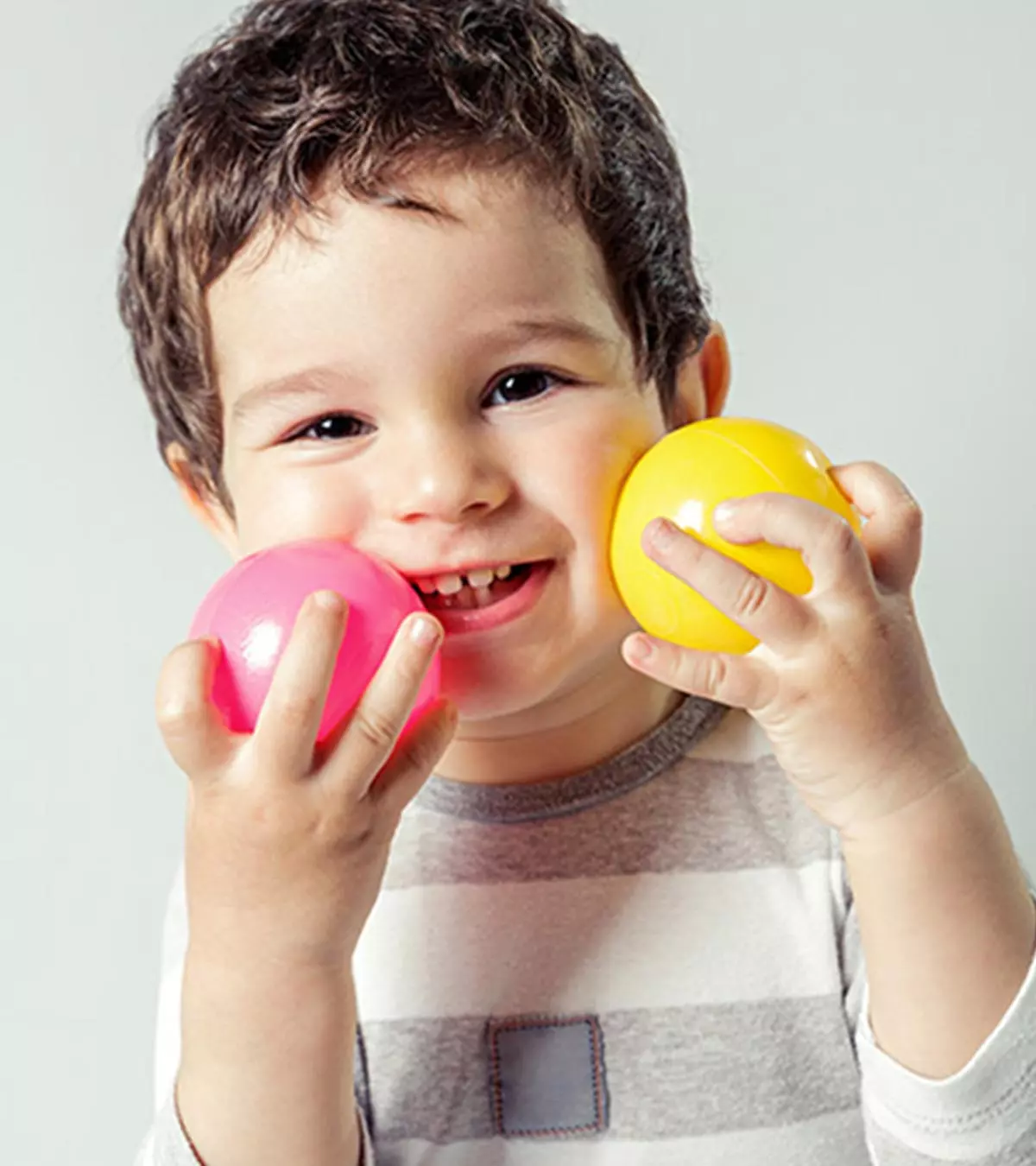MD

Dr. Fadel Husrom is an Arab Board licensed pediatrician in the UAE. He possesses a degree in Pediatrics and master degree in Pediatric Cardiology from Damascus University. He has ten years of professional experience in Pediatric and Pediatric Cardiology disciplines. Dr. Husrom is also affiliated with the American Heart Association as a PALS instructor in Zulekha hospital advanced life support center. He currently works in the Emirates International Medical Centre and provides private practice through schools and nurseries.
MomJunction believes in providing the most accurate content to its readers. Hence we get our articles reviewed by highly skilled experts in the relevant fields. The articles are reviewed to ensure their authenticity, factual correctness, and relevance. The board members also add inputs drawn from their years of experience. Learn more about our medical review board.
